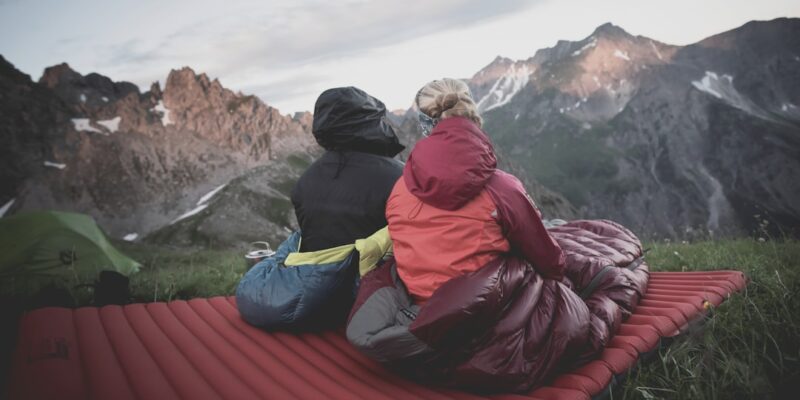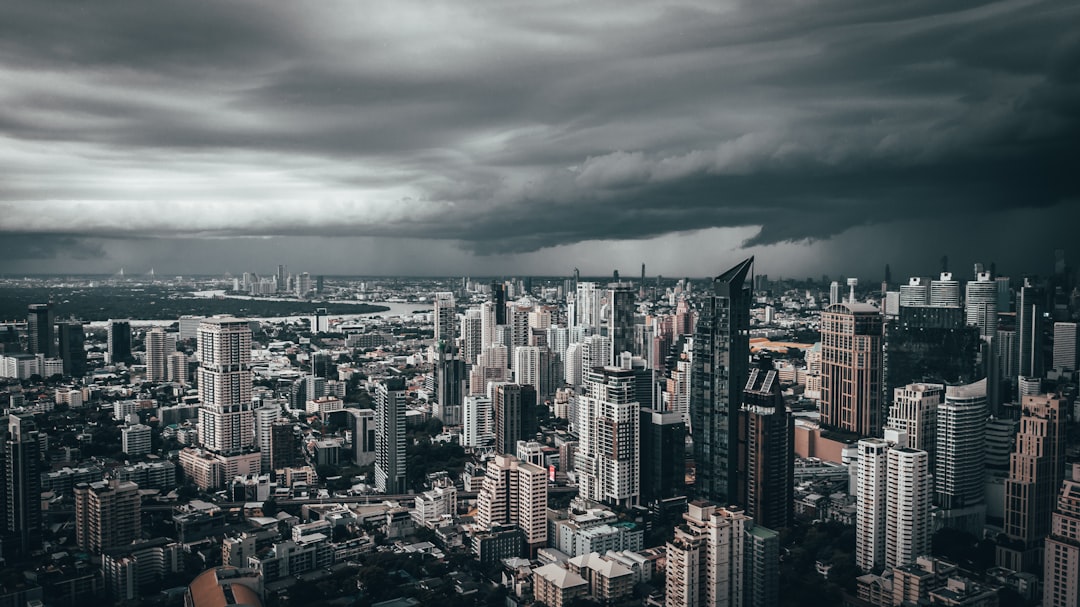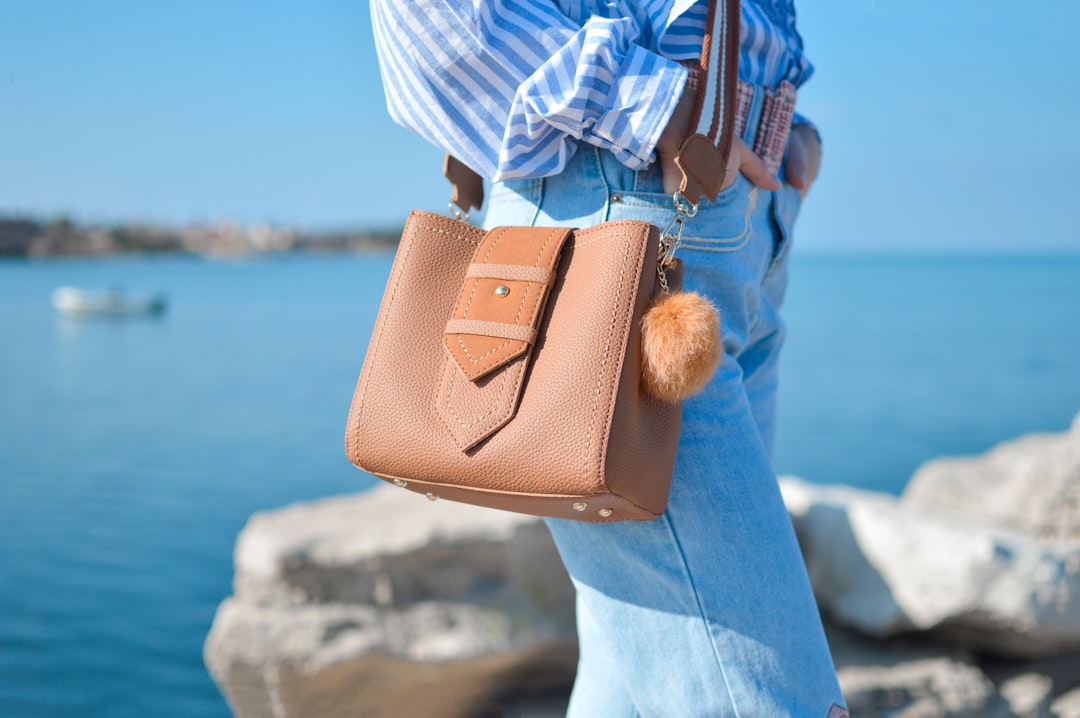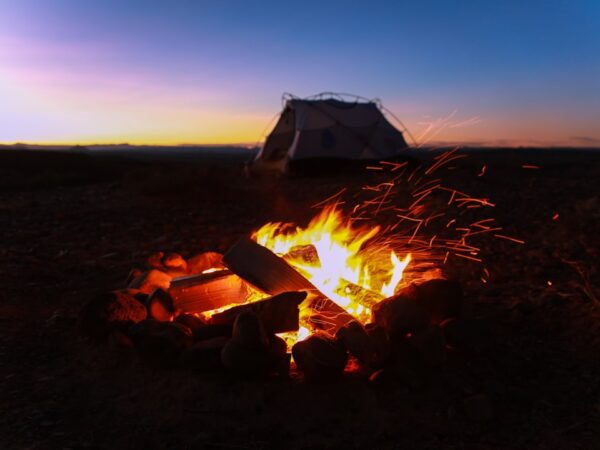
Choosing the Right Sleeping Bag: Down vs Synthetic
When it comes to camping, a good night’s sleep is essential for an enjoyable outdoor experience. And one of the key factors that can make or break your sleep is the choice of a sleeping bag. A sleeping bag not only provides warmth and insulation but also plays a crucial role in ensuring comfort and protection from the elements. Therefore, it is important to choose the right sleeping bag that suits your needs and preferences.
There are several factors to consider when choosing a sleeping bag. These include the type of insulation, temperature rating, weight and packability, durability, moisture resistance, cost, and eco-friendliness. Each factor plays a significant role in determining the overall performance and suitability of a sleeping bag for different camping conditions.
Key Takeaways
- Choosing the right sleeping bag is crucial for a comfortable camping trip.
- Down sleeping bags are lightweight and compressible, but can lose insulation when wet.
- Synthetic sleeping bags are durable and moisture-resistant, but can be heavier and bulkier.
- Consider your warmth and insulation needs when choosing a sleeping bag.
- Backpackers and hikers should also consider weight and packability when selecting a sleeping bag.
Down Sleeping Bags: Pros and Cons
Down sleeping bags are known for their exceptional warmth-to-weight ratio, making them a popular choice among outdoor enthusiasts. Down refers to the soft feathers found underneath the outer feathers of ducks or geese. These feathers are highly effective at trapping body heat, providing excellent insulation in cold weather conditions.
One of the main advantages of down sleeping bags is their lightweight nature. Down insulation is incredibly compressible, allowing for easy packing and transportation. This makes down sleeping bags ideal for backpackers and hikers who need to carry their gear over long distances.
However, down sleeping bags do have some drawbacks. Firstly, they tend to be more expensive compared to synthetic sleeping bags. The high cost is due to the premium quality of down insulation and the meticulous manufacturing process involved in creating these bags. Additionally, down sleeping bags are not water-resistant and can lose their insulating properties when wet. They also require special care when cleaning, as improper washing can damage the down feathers.
Synthetic Sleeping Bags: Pros and Cons
Synthetic sleeping bags are made from man-made materials such as polyester or nylon fibers. These fibers are designed to mimic the insulating properties of down, providing warmth and comfort during outdoor adventures.
One of the main advantages of synthetic sleeping bags is their affordability. Synthetic insulation is generally less expensive than down, making these bags a more budget-friendly option for campers. Synthetic sleeping bags are also water-resistant, which means they can retain their insulating properties even when exposed to moisture. This makes them a suitable choice for camping in wet conditions.
However, synthetic sleeping bags tend to be heavier and less compressible compared to down sleeping bags. This can be a disadvantage for backpackers and hikers who prioritize weight and packability. Synthetic insulation also tends to be less efficient at trapping body heat, which means that synthetic sleeping bags may not provide the same level of warmth as down sleeping bags in extremely cold temperatures.
Warmth and Insulation: How to Choose the Right Sleeping Bag for Your Needs
| Brand | Model | Temperature Rating (°F) | Insulation Type | Weight (lbs) | Price |
|---|---|---|---|---|---|
| North Face | Eco Trail Bed 20 | 20 | Recycled synthetic | 3.5 | 199 |
| Marmot | Trestles Elite Eco 20 | 20 | Recycled synthetic | 3.1 | 159 |
| REI Co-op | Trail Pod 30 | 30 | Synthetic | 2.6 | 99 |
| Mountain Hardwear | Lamina Eco AF 15 | 15 | Recycled synthetic | 3.3 | 280 |
| Big Agnes | Anvil Horn 15 | 15 | Down | 2.8 | 329 |
When it comes to warmth and insulation, it is important to understand the temperature ratings of sleeping bags. Temperature ratings indicate the lowest temperature at which a sleeping bag can keep you warm. However, it is important to note that temperature ratings are not standardized across all manufacturers, so it is always a good idea to check the specific details provided by the manufacturer.
Several factors affect the warmth and insulation of a sleeping bag. One of these factors is fill power, which refers to the volume that one ounce of down occupies in cubic inches. Higher fill power indicates better insulation and loft, resulting in a warmer sleeping bag. Another factor is loft, which refers to the thickness and fluffiness of the insulation. A higher loft means more air pockets, which in turn provides better insulation.
Baffle design is another factor that affects warmth and insulation. Baffles are compartments within the sleeping bag that prevent the down from shifting and creating cold spots. Different baffle designs can affect how well the insulation is distributed throughout the bag.
When choosing a sleeping bag, it is important to consider the weather conditions you will be camping in. If you are camping in extremely cold temperatures, a down sleeping bag with a high fill power and loft would be a suitable choice. On the other hand, if you are camping in milder conditions, a synthetic sleeping bag with a lower temperature rating may be sufficient.
Weight and Packability: Considerations for Backpackers and Hikers
For backpackers and hikers, weight and packability are crucial factors to consider when choosing a sleeping bag. Carrying heavy gear over long distances can be exhausting, so it is important to choose a lightweight sleeping bag that won’t weigh you down.
In terms of weight and packability, down sleeping bags have the advantage. Down insulation is highly compressible, allowing for easy packing and transportation. This means that down sleeping bags take up less space in your backpack, leaving more room for other essential gear.
On the other hand, synthetic sleeping bags tend to be heavier and less compressible. The synthetic fibers used in these bags are bulkier and do not compress as well as down feathers. This can be a disadvantage for backpackers and hikers who need to minimize the weight and size of their gear.
When choosing a lightweight and packable sleeping bag, it is important to consider the specific needs of your trip. If you are embarking on a multi-day backpacking trip where weight is a major concern, a down sleeping bag would be a suitable choice. However, if you are going on a shorter hike or camping trip where weight is not as much of an issue, a synthetic sleeping bag may be more practical.
Durability and Longevity: Which Sleeping Bag Material Lasts Longer?
Durability and longevity are important considerations when investing in a sleeping bag. After all, you want your gear to last for many camping trips to come.
Several factors affect the durability and longevity of sleeping bags. One of these factors is the quality of the materials used. Higher quality materials tend to be more durable and resistant to wear and tear. The construction of the sleeping bag also plays a role in its durability. Reinforced stitching and strong zippers can contribute to the overall longevity of the bag.
When comparing down and synthetic sleeping bags, down sleeping bags are generally considered to be more durable. The natural fibers in down insulation are known for their resilience and ability to retain their loft over time. However, it is important to note that down sleeping bags require proper care and maintenance to ensure their longevity.
Synthetic sleeping bags, on the other hand, may not last as long as down sleeping bags. The synthetic fibers used in these bags can break down over time, resulting in a loss of loft and insulation. However, synthetic sleeping bags are generally more resistant to moisture and can withstand harsher conditions without losing their insulating properties.
To maintain and prolong the life of a sleeping bag, it is important to follow the manufacturer’s care instructions. This may include storing the bag in a dry and well-ventilated area, avoiding prolonged exposure to direct sunlight, and using a suitable detergent when washing the bag.
Moisture Resistance: How Down and Synthetic Sleeping Bags Perform in Wet Conditions
Moisture resistance is an important factor to consider when camping in wet conditions. A wet sleeping bag can not only be uncomfortable but also lose its insulating properties, putting you at risk of hypothermia.
When it comes to moisture resistance, synthetic sleeping bags have the advantage. Synthetic fibers do not absorb water as easily as down feathers, which means that synthetic sleeping bags can retain their insulating properties even when exposed to moisture. This makes them a suitable choice for camping in rainy or humid conditions.
On the other hand, down sleeping bags are not water-resistant and can lose their insulating properties when wet. However, it is important to note that down sleeping bags can still provide some level of insulation when damp, as the down feathers can still trap some air and provide warmth. Additionally, there are water-resistant treatments available for down sleeping bags that can help improve their performance in wet conditions.
To keep a sleeping bag dry in wet conditions, it is important to use a waterproof or water-resistant stuff sack to store the bag. This will protect the bag from rain or moisture during transportation. It is also a good idea to set up a waterproof tent or tarp to provide additional protection from the elements.
Cost Comparison: Is a Down or Synthetic Sleeping Bag a Better Investment?
Cost is an important factor to consider when choosing a sleeping bag, especially if you are on a budget. The price of sleeping bags can vary significantly depending on factors such as the type of insulation, quality of materials, and brand reputation.
In general, down sleeping bags tend to be more expensive compared to synthetic sleeping bags. The high cost of down sleeping bags is due to the premium quality of down insulation and the meticulous manufacturing process involved in creating these bags. Additionally, down sleeping bags are often associated with well-known outdoor brands, which can further drive up the price.
On the other hand, synthetic sleeping bags are generally more affordable. The synthetic fibers used in these bags are less expensive to produce compared to down feathers, resulting in a lower price point. Synthetic sleeping bags also tend to be more widely available, making them a more accessible option for campers on a budget.
When it comes to choosing a sleeping bag within your budget, it is important to consider the specific needs of your camping trips. If you prioritize lightweight and compressible gear and are willing to invest in a higher-quality product, a down sleeping bag may be worth the extra cost. However, if you are on a tight budget or do not require the highest level of performance, a synthetic sleeping bag can provide good value for money.
Eco-Friendliness: Which Sleeping Bag Material is More Sustainable?
In recent years, there has been a growing emphasis on sustainability and eco-friendliness in the outdoor industry. Many campers are now looking for gear that has a minimal impact on the environment.
When it comes to the environmental impact, both down and synthetic sleeping bags have their pros and cons. Down sleeping bags are made from natural materials, which means that they are biodegradable and do not contribute to landfill waste. However, the sourcing of down feathers can raise ethical concerns, as it often involves live plucking or force-feeding of birds. To address these concerns, many outdoor brands now offer down sleeping bags that are certified as ethically sourced.
Synthetic sleeping bags, on the other hand, are made from man-made materials that are not biodegradable. This means that they can contribute to landfill waste when they reach the end of their lifespan. However, synthetic sleeping bags can be recycled, which helps reduce their environmental impact. Additionally, some outdoor brands now offer synthetic sleeping bags made from recycled materials, further reducing their carbon footprint.
When choosing a more eco-friendly sleeping bag, it is important to consider the specific environmental concerns that matter to you. If animal welfare is a priority, look for down sleeping bags that are certified as ethically sourced. If reducing landfill waste is important to you, consider synthetic sleeping bags made from recycled materials or opt for gear rental programs that promote reuse.
Making the Right Choice for Your Next Camping Trip
Choosing the right sleeping bag is essential for a comfortable and enjoyable camping experience. By considering factors such as insulation type, temperature rating, weight and packability, durability, moisture resistance, cost, and eco-friendliness, you can make an informed decision that suits your needs and preferences.
Down sleeping bags offer excellent warmth-to-weight ratio and compressibility, making them a popular choice among outdoor enthusiasts. However, they tend to be more expensive, not water-resistant, and require special care when cleaning.
Synthetic sleeping bags are more affordable, water-resistant, and easy to clean. However, they are heavier, less compressible, and may not provide the same level of warmth as down sleeping bags in extremely cold temperatures.
When choosing a sleeping bag, it is important to consider the specific weather conditions you will be camping in. It is also important to prioritize factors such as weight and packability for backpackers and hikers, durability and longevity for long-term use, moisture resistance for camping in wet conditions, cost for budget-conscious campers, and eco-friendliness for those concerned about the environmental impact.
By carefully considering these factors and making the right choice for your next camping trip, you can ensure a comfortable and restful night’s sleep under the stars.
FAQs
What is a down sleeping bag?
A down sleeping bag is a type of sleeping bag that is filled with the soft, fluffy undercoating of waterfowl, such as ducks or geese. The down is known for its excellent insulation properties, making it a popular choice for outdoor enthusiasts.
What is a synthetic sleeping bag?
A synthetic sleeping bag is a type of sleeping bag that is filled with man-made materials, such as polyester or nylon. Synthetic insulation is designed to mimic the properties of down, but is often less expensive and easier to care for.
Which is warmer, down or synthetic?
Generally speaking, down is considered to be warmer than synthetic insulation. This is because down has a higher warmth-to-weight ratio, meaning that it provides more warmth for less weight. However, synthetic insulation is often more water-resistant than down, which can be an important factor in wet or humid conditions.
Which is more durable, down or synthetic?
Synthetic insulation is generally considered to be more durable than down. This is because synthetic fibers are more resistant to compression and moisture, which can cause down to lose its loft and insulation properties over time. Synthetic sleeping bags are also easier to care for and can be machine-washed, while down sleeping bags require special care.
Which is more expensive, down or synthetic?
Down sleeping bags are generally more expensive than synthetic sleeping bags. This is because down is a natural material that is more difficult to source and process than synthetic fibers. However, the cost of a sleeping bag can vary widely depending on factors such as brand, quality, and features.
Which is better for backpacking, down or synthetic?
Both down and synthetic sleeping bags can be suitable for backpacking, depending on the conditions and personal preferences of the user. Down sleeping bags are generally lighter and more compressible than synthetic sleeping bags, making them a popular choice for backpackers who prioritize weight and packability. However, synthetic sleeping bags are often more water-resistant and easier to care for, which can be important factors in wet or humid conditions.


















